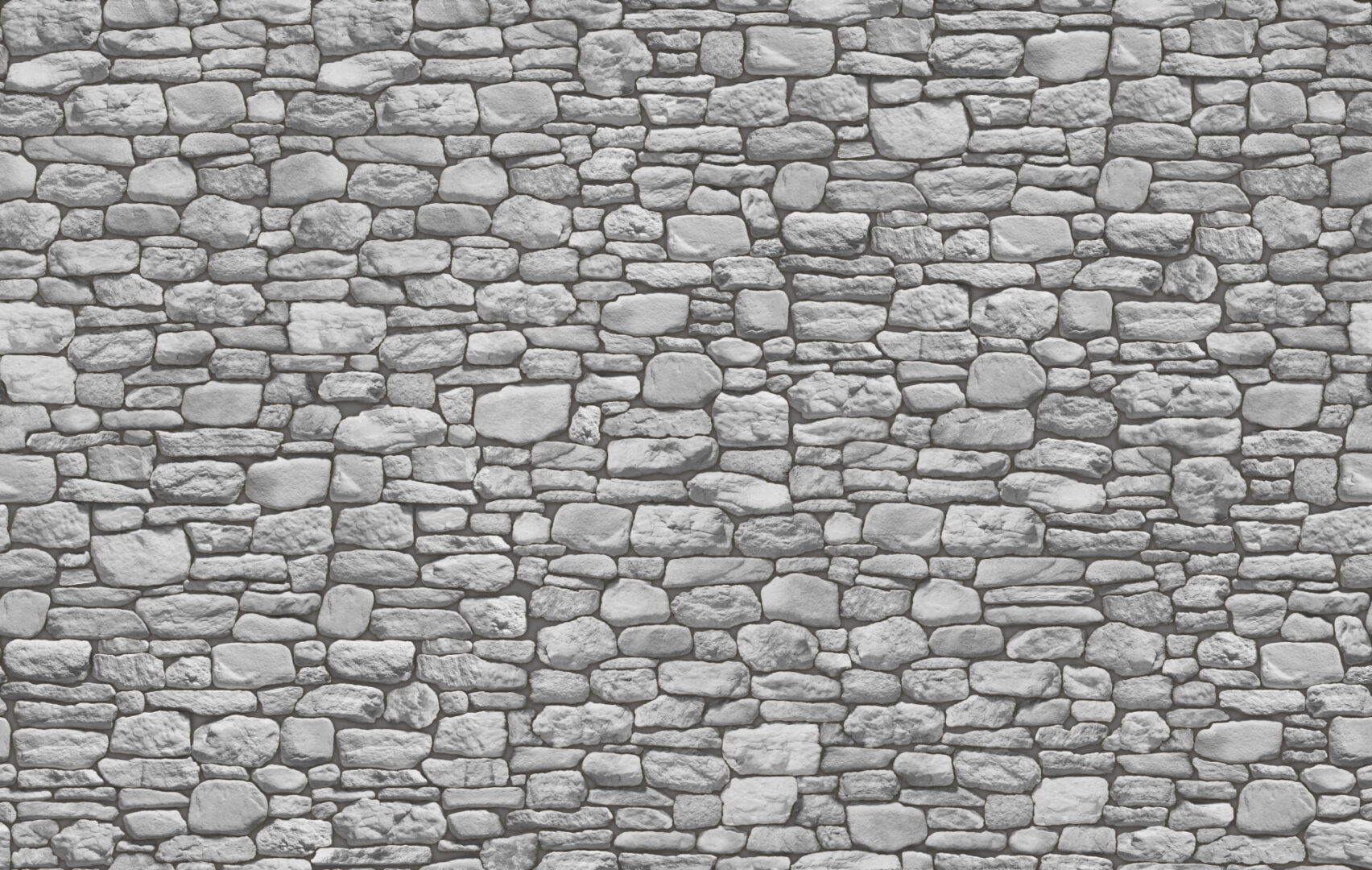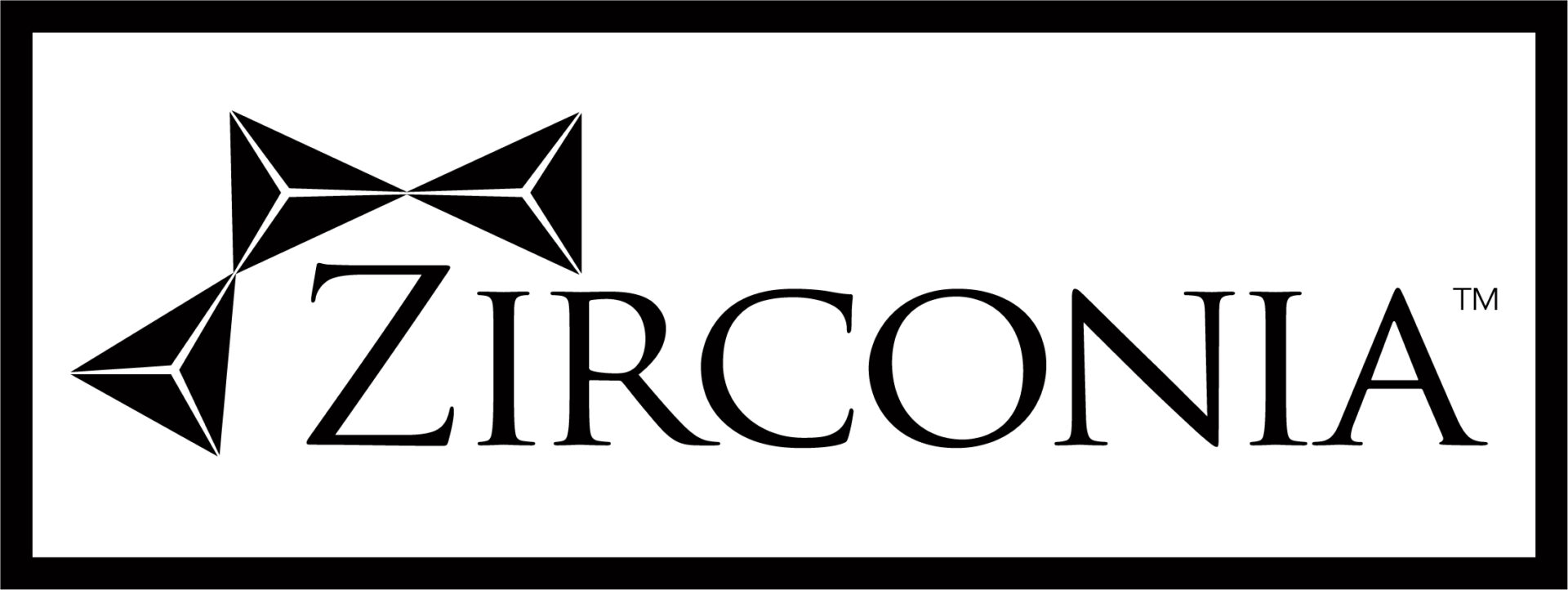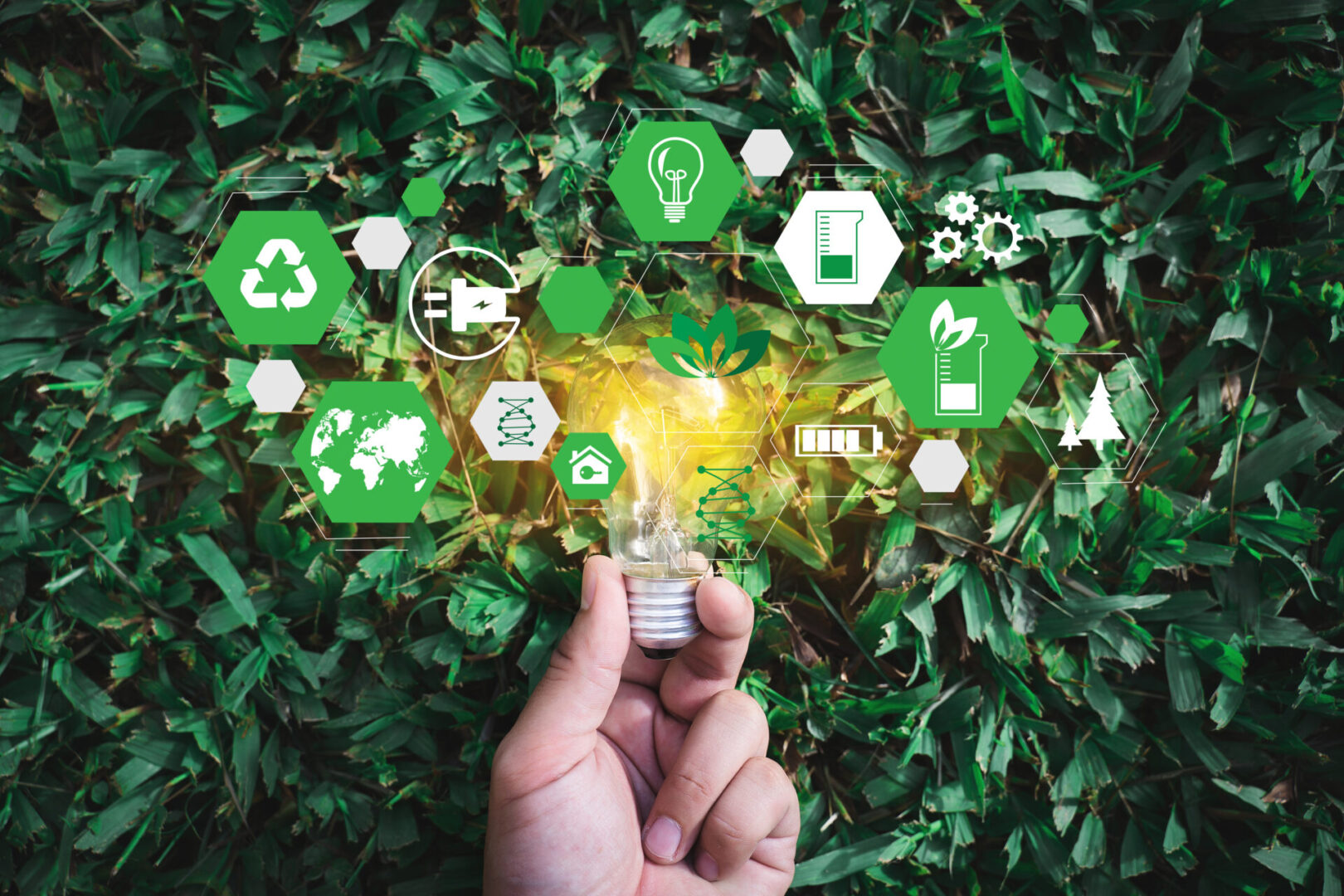
Green Technology
Zirconia is not a one trick pony when it comes to its approach to green technology and working to improve sustainability. Zirconia is always working with the environment in mind, and we have a number of ways that we are making an impact.
Continue reading, or click below to learn more!
1. Preserving Old & New Infrastructure Indefinitely
Zirconia's technologies create multiple paths to large scale greenhouse gases (GHG) reduction. Future technology development also looks promising.
Using Zirconia's ceramic sealants to increase the durability of concrete and steel used to build major infrastructure represents a huge savings in greenhouse gases both near term and long term, because our advanced ceramic technology can repair, and restore existing infrastructure, and also dramatically increase the lifespan of new infrastructure.
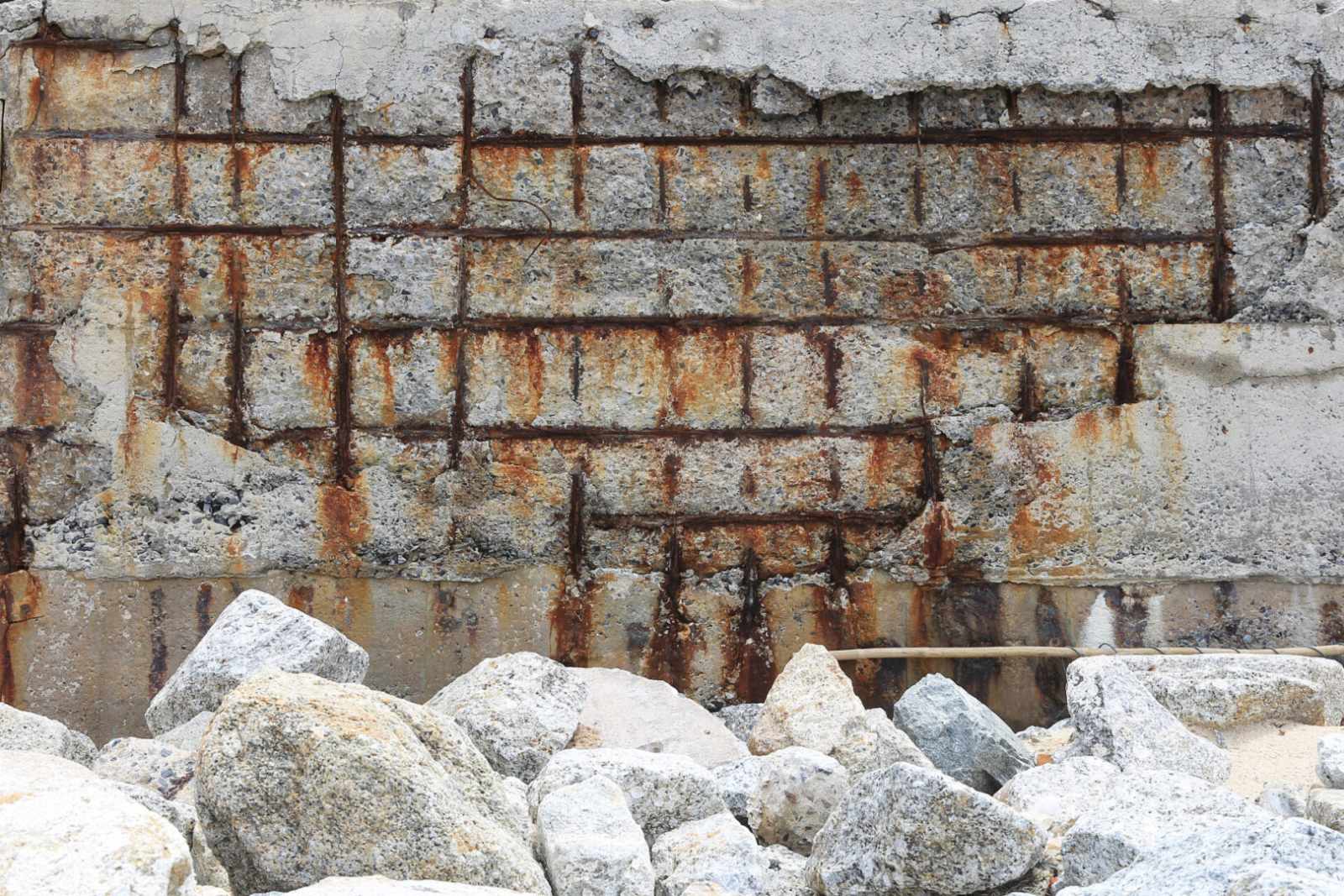
What does this mean? Basically, Zirconia eliminates the "run-to-failure" construction/maintenance model that allows existing infrastructure elements to decay to the point of collapse, then requires re-digging of raw materials, reprocessing them, and remaking concrete and steel elements.
Concrete and steel are two of the largest sources of greenhouse gas emissions globally, roughly 18%. Any infrastructure asset (e.g., bridge, dam, etc.) built with concrete and steel is "GHG expensive". So, saving these assets from decay and eliminating the need to remake them, saves enormous volumes of toxic greenhouse gas emissions.
What is the key takeaway? Most corrosion (chemical erosion) occurs at the surface of concrete and steel and works inward as the asset decays. If the surface of infrastructure assets is coated with Zirconia technology, the surface chemistry of concrete or steel is stabilized and preserved (no corrosion), and the entire asset is then preserved indefinitely.
2. Reducing Toxicity to the Environment
As a clean-tech company Zirconia is always pushing the boundaries of green chemistry to make our coatings and other technologies less toxic, while keeping all the best performance characteristics.
For instance, our CeramycGuard™ technology is water borne, not solvent borne, meaning it does not expose workers or the environment to toxic solvents. This is a huge advantage for "inorganic" chemistries like ours that can be suspended with water, where organic chemistries cannot be.
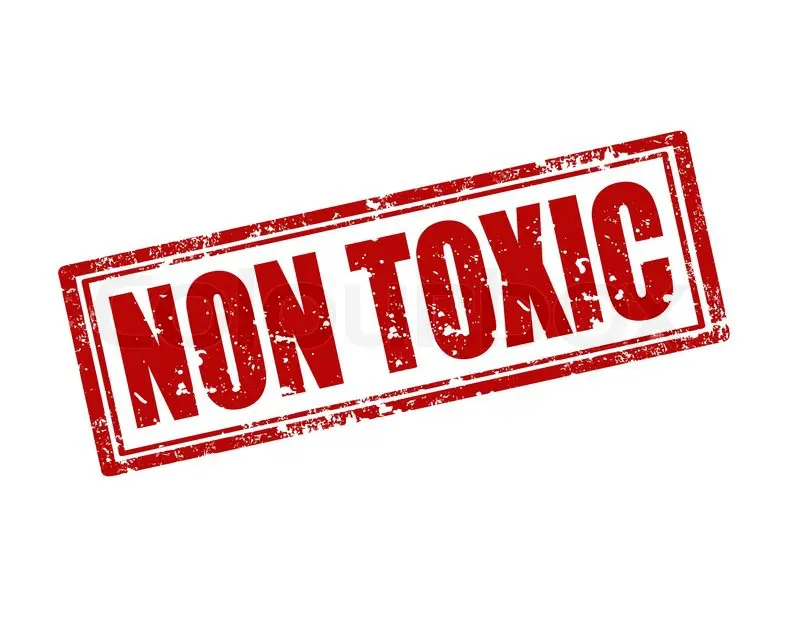
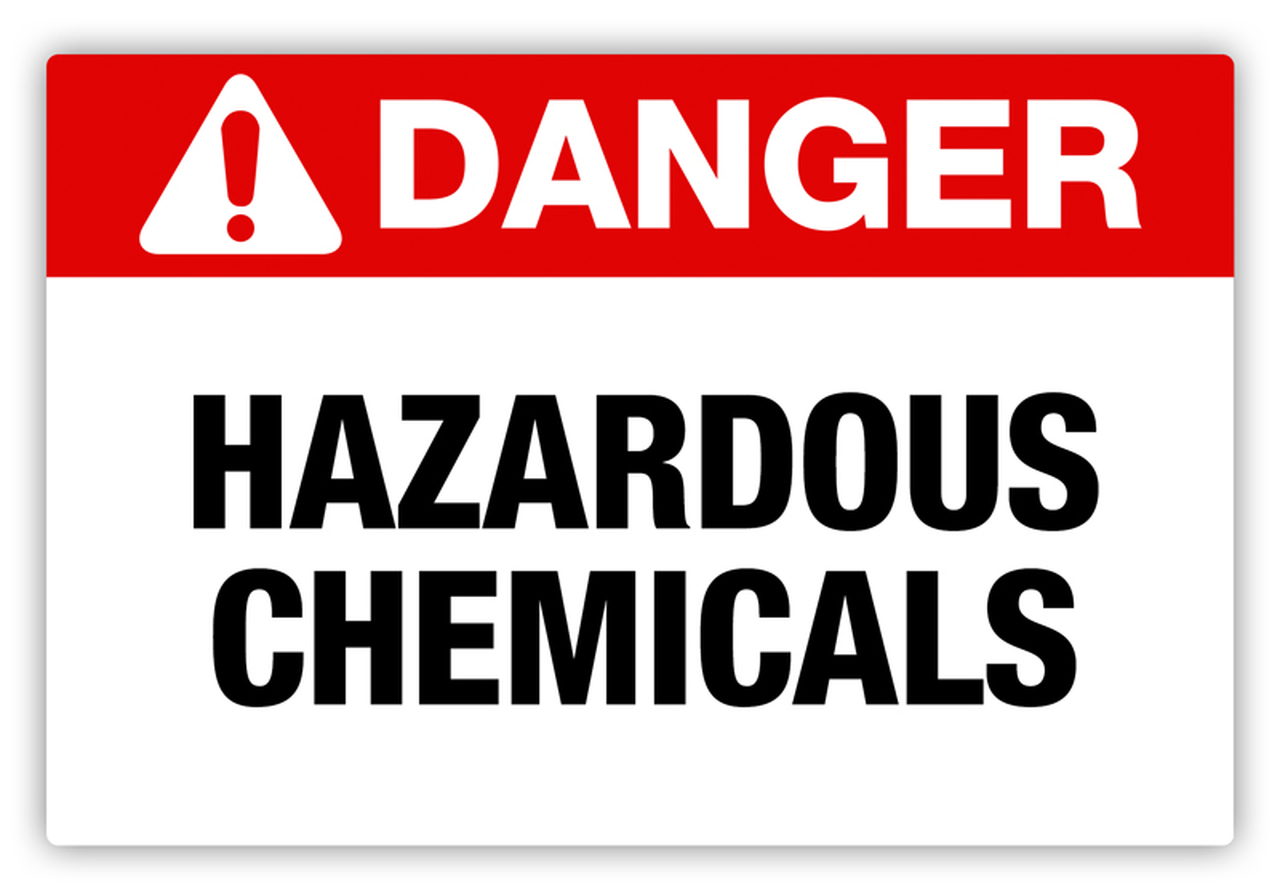
3. The Power of Substitution
As we enter the market, we are replacing old toxic technologies like providing the type of products that can reinvent the construction industry by substitution of coatings and other products that both perform better and are much less toxic than previous products. We are also finding ways to make other multi-layer coating systems, like urethanes, less toxic and far more durable, reducing their impact.
4. Reducing Toxicity to the Employees and Workers
Organic coatings have different types of toxicity. Some organic coatings are held in solution by toxic volatile organic compounds (VOCs) that evaporate as the coating cures. These VOCs can be damaging to human organs, and/or be carcinogenic. Epoxies use Bisphenol A which is a hormone disruptor (endocrine disruptor) and can damage the development of children. Polyurethanes can be immune system sensitizers, creating anaphylactic shock and even death when exposed repeatedly.
As an industrial society, we need coatings to prevent decay and extend lifespan of our infrastructure, and other assets like ships and cars. However, we should consider using the least toxic technology possible, with worker health in mind. Zirconia is always looking for the green chemistry pathway to provide similar or better coating performance and durability, without the need for hazardous materials.
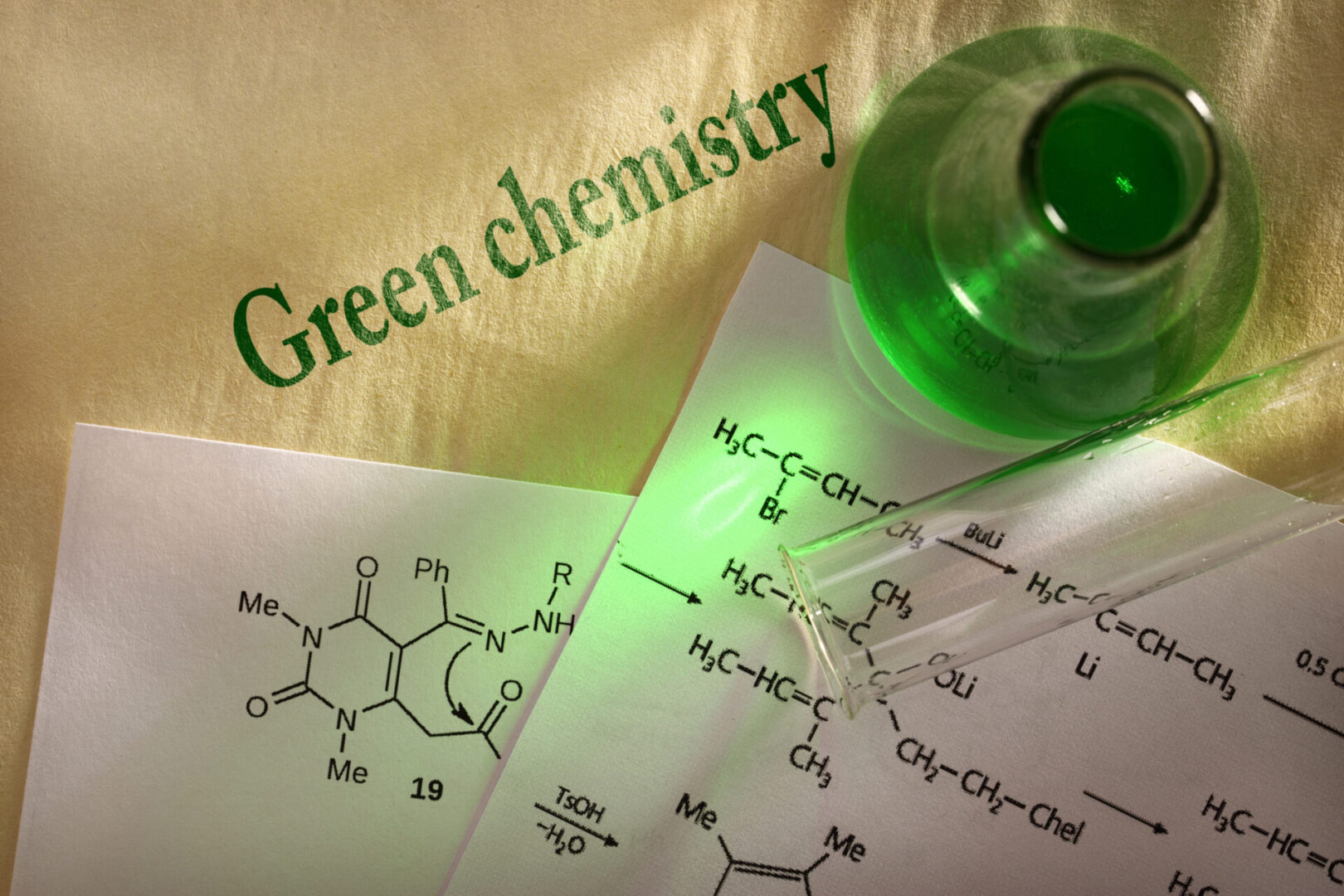
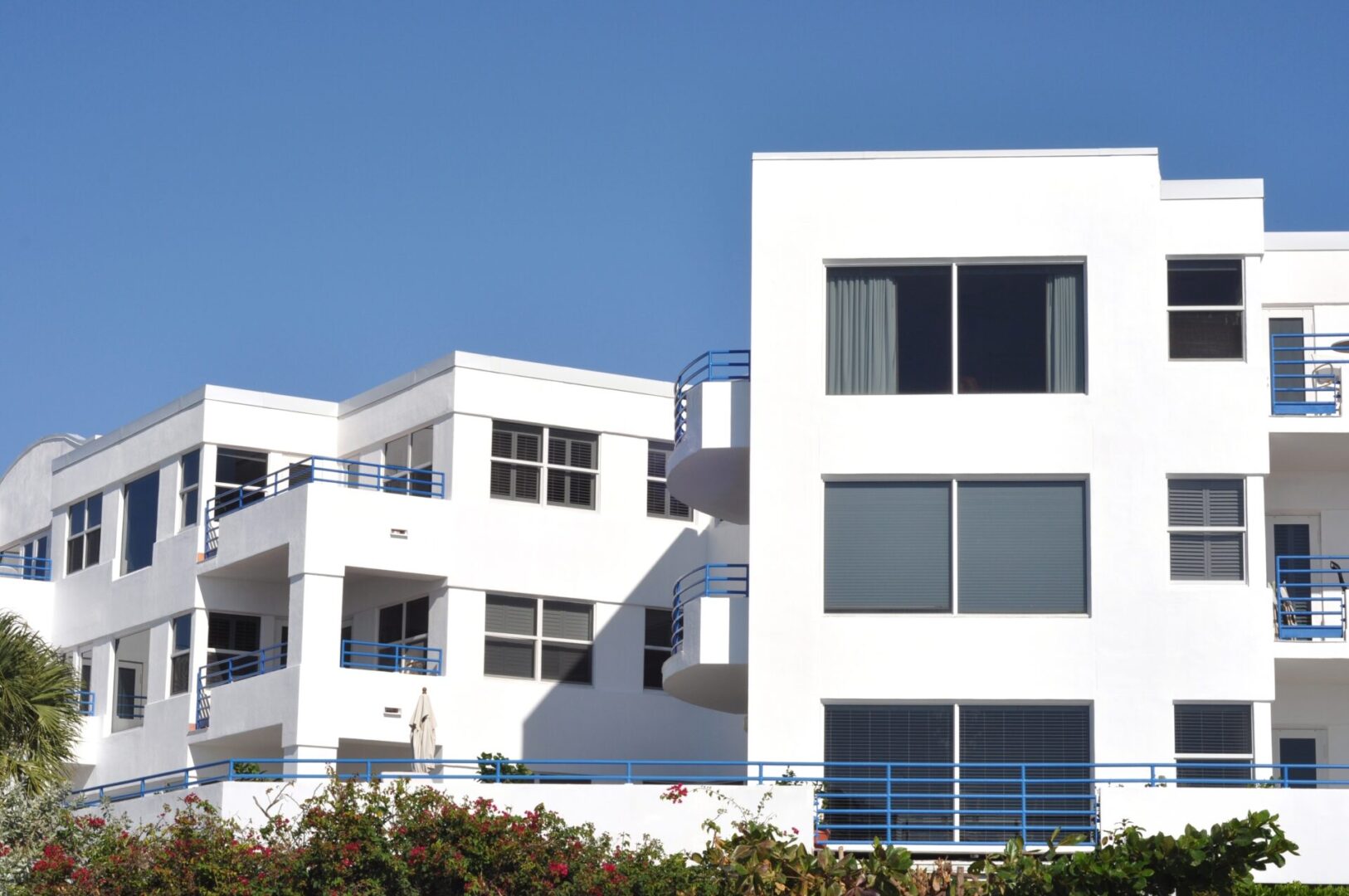
5. Looking at the future...
Our various ceramic technologies and know-how will allow us to continually create new technology to adapt the built environment to climate change, and preserve the environment we all share.
A. CoolColors™ Our coating technology has a 98% Solar Reflective Index, meaning it stops buildings from absorbing infrared energy from the sun and heating up. Using CoolColors™ ceramic coatings to increase reflectivity (heat deflection) and emissivity (heat dissipation), will cool buildings way down and reduce the need for electricity draw for air conditioning significantly, reducing the need to burn fossil fuels, and therefore reducing CO2 emissions significantly. This technology has already been fully developed, and we are looking to release this technology in 2022.
B. Future development: Our ceramic technology has very appealing properties for creating new forms of cellular ceramic insulation that could be used to retrofit commercial buildings and equipment. Our tech is immune to microbial growth, thermal changes (heat/cold), weathering and corrosion. It will also both absorb and deflect sound. And, these new forms of insulation could be used to clad buildings from the outside in, potentially appearing like artificial brick or stone, eliminating the need to demolish and rebuild walls, thus reducing the cost of renovation.
